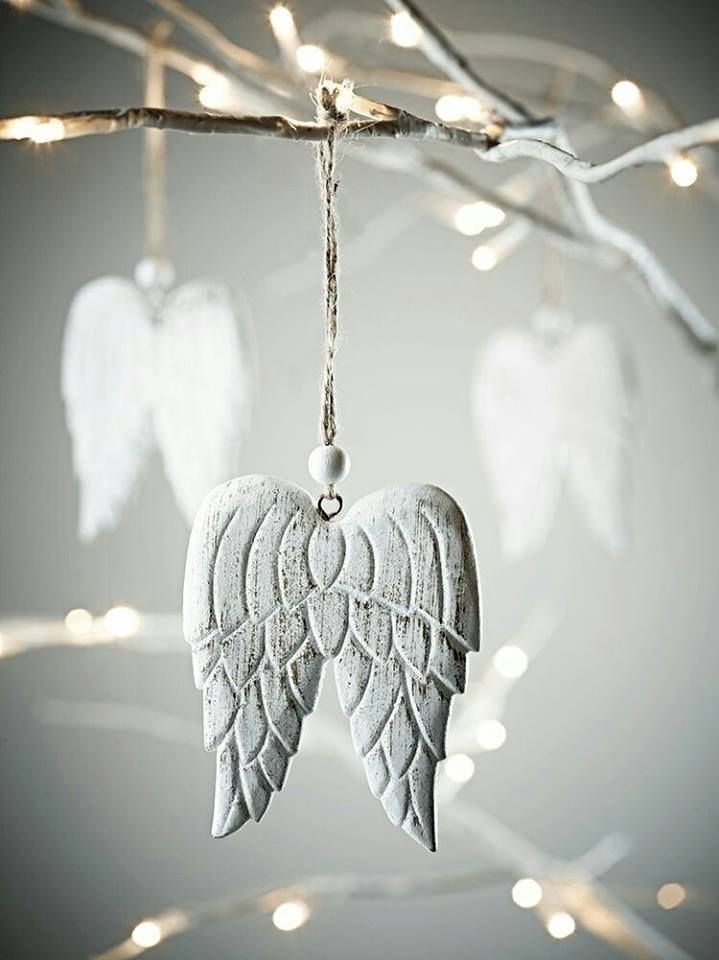The Hilarious Dynamics of Art and Parenting: Moments of Release
- Koöko Fleurs
- Dec 5, 2024
- 2 min read
Updated: Dec 27, 2024

Creative process offers a unique and fascinating glimpse into the relationships between children and their caregivers. As an art therapist, I've had the privilege of witnessing these interactions first-hand, and they are often both touching and amusing. The way kids engage with art, sometimes seeking independence and other times craving their parent's presence, reveals much about their emotional world and the dynamics within their families.
Observing the Dynamics
When children, aged 2-6, enter the creative space, their reactions are a source of endless fascination. It's remarkable how they gravitate towards me for assistance rather than their accompanying babysitter, mother, father, or grandmother. This preference can be quite telling.
For some children, the art room becomes a sanctuary where they feel free to explore without the watchful eyes of their caregivers. They either dive into their art with enthusiasm, relishing the chance to express themselves, or they sit and observe, planning their next move. Watching their little faces light up with curiosity and joy when they see the array of painting materials and colorful pens is truly heartwarming.
Moments of Release
I call these interactions "moments of release" for both the children and their caregivers. For the children, it's a chance to step out of their usual routines and immerse themselves in creative activities. For parents and caregivers, it's an opportunity to either participate in the creative process or take a much-needed break.
Some parents and caregivers sit with their children, sharing in the joy of creating art together. I always encourage this, as it strengthens their bond and creates lasting memories. Others, however, see this as a moment for some "Me Time." They trust me to handle the creative session while they enjoy a quiet coffee or simply take a breather. This dynamic is often met with a mix of amusement and amazement on the parents' part—seeing their children so engaged and independent can be quite an eye-opener.
The Therapeutic Element
It's fascinating to observe how children, even at such a young age, embrace the therapeutic nature of art. They instinctively know that this is a safe space where their feelings can be expressed without words. The confidentiality and discretion I maintain in these sessions are vital in making the children feel secure and open to exploring their emotions through art.
In essence, the relationship between parents and their children during the creative process is a beautiful dance of independence and connection. Whether they're seeking assistance, asking for a moment alone, or sharing the experience with their caregivers, these interactions are profound and enlightening. They highlight the importance of creating spaces where children can freely express themselves and where parents can support their growth while also taking care of their own needs.
These moments of release, filled with laughter, discovery, and sometimes tears, are a testament to the power of art in bridging gaps and strengthening bonds. As I continue to observe and participate in these sessions, I'm reminded of the deep impact that creative expression can have on both children and their families.










